Get the protection you need!
High-Visibility - CSA Z96The Canadian High-visibility Standard is drawn out by a Committee composed of end users and technical experts who generously donate time and expertise to come up with the very best approach to total Visibility and safe environment to their fellow workers. 3M Canada™, one of the Industry's reflective supplier best known for its R&D, expertise and accomplishments, works hand in hand with us to put together the very best solution for you!
CSA fills its High-visibility safety role for optimum protection to all Canadian workers, regardless of there job type. Working in the dark is not a solution! Health & Safety officers must adhere to it. |
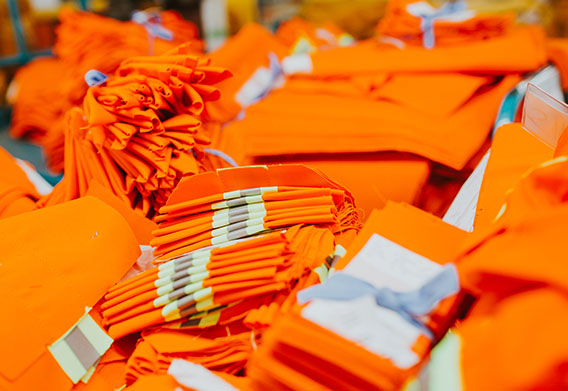 |
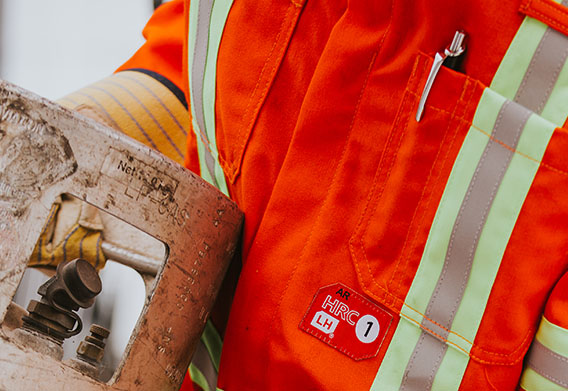 |
Hydrocarbon Flash Fire - CAN/CGSB-155.20 (Canadian General Standards Board)
|
Wildlands - CAN/CGSB-155.22 (Canadian General Standards Board)Similar to the american standard NFPA 1977, it is also very much a Flash Fire scenario type. The same characteristics apply on various lab tests methods. Forest Fire workers face intense and changing fire scenarios. The wind becomes a factor and a major threat to the worker. Radiant heat alone becomes an extreme danger, thus the absolute need for the Flame Resistant Protection The industry refers to HAF (heat attenuation factor) determining the percentage of exposed heat, blocked by the protective clothing. For example, 78% HAF leaves 22% for human skin damage, thus the importance of the appropriate fabric choice and its structural textile composition. Generally Nomex® lll A is the most popular. However, polymer induced 88% cotton / 12% high tenacity nylon has become the economical option. The latter is however heavier in weight and somewhat less comfortable.
|
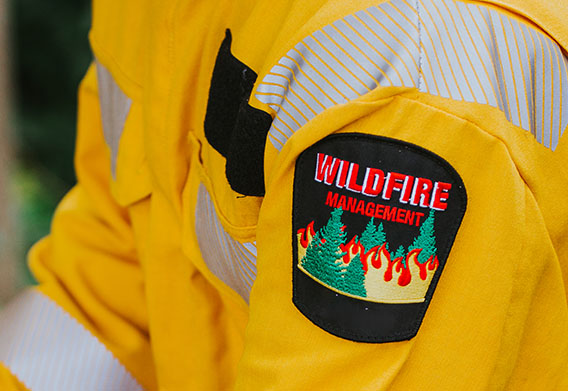 |
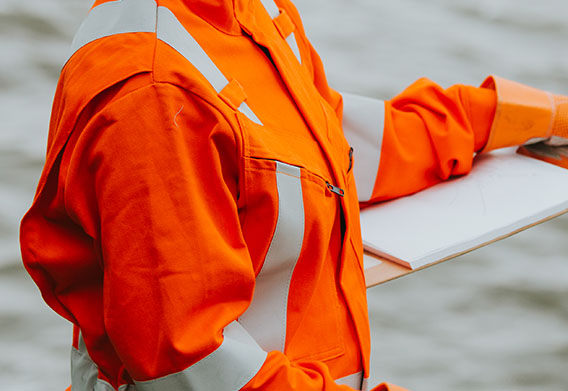 |
Electrical Arc Flash - CSA Z462 CAT 1, 2, 3 and 4Initiated in the United States nearly 20 years ago, it was introduced in 2006 in Canada under CSA Z462. Arc Flash is a far more devastating blow and heat flux than a Flash Fire can be! An incident can develop nearly 16,000 Degrees Celsius in one second! In this case, the textile people had to develop a product that would not burst open upon an Arc Flash scenario. Of course, it must also be self extinguishable within 2 seconds or less, not melt nor drip. Certified evaluators will indicate the level of Calories/cm/sec a specific equipment represents and determine Category 1, 2, 3 or 4. The latter is the highest possible protection under the most dangerous scenario. However, LH doesn't produce the switch gear garment but offers all winter apparel of that same category. Category 2 is by far the most popular protection as it covers environments that vary from a 8 to 25 Cal/cm/sec exposure. |
Welding Apparel Class 1 - EN ISO 11611 & ISO 11612Just recently introduced to the Quebec welding market segment, this standard protects from metal splashes occurring while welding, (whichever its welding type), and is a first in North America. Implemented by the Quebec CNESST ( equivalent to Workmen’s Compensation elsewhere in Canada ) textile producers as well as garment manufacturers were required to look for mixes of fibers, comfortable weights and specific textile constructions in order to meet the appropriate welding ISO standard. The test results are required to be shown inside the garment. In a nutshell, the fabric base is Flame resistant, meets the European standard and its garment design is very specific, the local/regional CNESST inspector may evaluate as none conform garments that do not meet the requirements. This Standard is actually being closely examined elsewhere in Canada at the moment via CSA. |
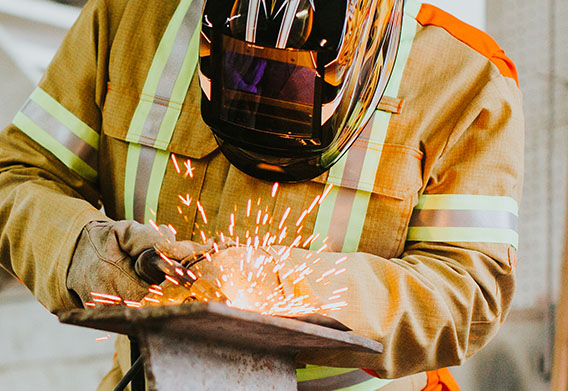 |